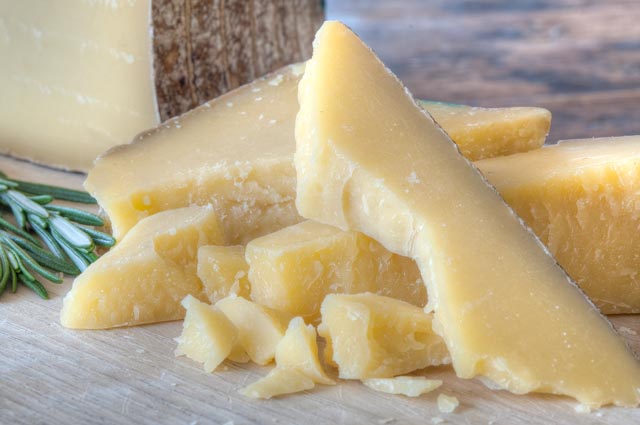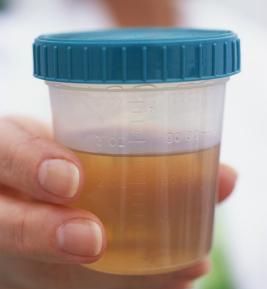Today on How-to-Grow Cannabis, we’re talking about lights. Growers Network has covered the subject numerous times before, but it’s appropriate that we actually explain why lighting is important, and why there’s so much disagreement over lighting.

In the 100s level of our How-to-Grow Cannabis series, we briefly mentioned that certain lighting “colors” are ideal for certain parts of the life cycle of Cannabis. Specifically, we said that bluish-white light is ideal for propagation and vegetative state, and that white light with a strong orange-yellow tint is more ideal for flowering state.
So on today’s article, we’re going to first explain what light is, and in our next article we’ll touch upon why things such as wavelength matter to our cannabis plants.
What is light? How do we measure it?
Let’s start today’s article off by making sure we’re clear on what light actually is, and why there are different colors of light.
Light, in its simplest form, is electromagnetic radiation. That might sound scary, but it’s actually quite normal. The only “radiation” that should worry you as a person is ionizing radiation, which is very high energy light that can cause direct damage to your cells. Ionizing radiation is not common in your day-to-day life, so it shouldn’t be a direct concern to you.
The light we see as humans is only a small fraction of the entire light spectrum. Our eyes are only capable of seeing a relatively narrow band of light known as the visible spectrum. “White” light is actually a composite of multiple different colors of light combined, and can be separated out into its constituent lights with a prism.
Author’s Note: Other species of animals can see different parts of the light spectrum; predatory reptiles can typically see in the infrared portion of the spectrum, and pollinating insects often see in the ultraviolet portion of the spectrum.
Light can be measured in multiple different ways, depending on its application, but we’re going to start simple and look at Amplitude and Wavelength, two very important components of defining light:
- Wavelength refers to the physical length of the light. Yes, light has a certain “size.” Longer wavelengths are “redder” and contain less energy overall, while shorter wavelengths are “blue-er” and contain higher energy overall.
- Amplitude refers to the intensity of the light. Think of it as the “volume” on a radio or music player. Amplitude does not change the color of light, only how strong that given light is.
Author’s Note: There are other important components of light, including polarization, propagation direction, and speed in a given medium, but these components are generally not important to your average grower.
Wavelength
Wavelength, as mentioned above, is a measurement of the physical size of the light “wave”. Longer wavelengths carry less energy, but are also able to pass through more material before being deflected or interrupted. Shorter wavelengths carry more energy, but also bounce into more objects in their way. This is why microwaves cannot exit the microwave machine, but radio signals can pass through nearly everything.
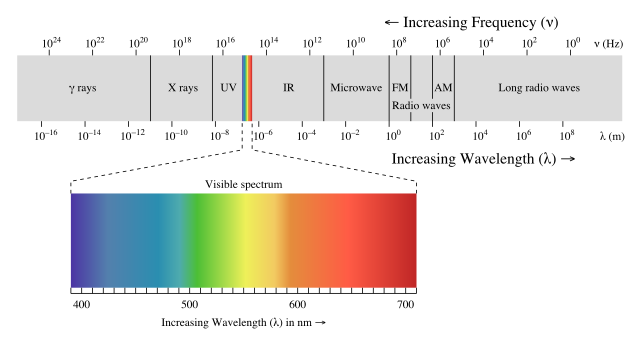
The wavelengths of light that we can see (390nm - 700nm) make up in the visible light spectrum. Conveniently, this also the majority of the spectrum that plants use, in what’s known as “Photosynthetically Active Radiation,” abbreviated as PAR. Plants rarely use energy from wavelengths of light that are outside of the visible spectrum, although it does happen.
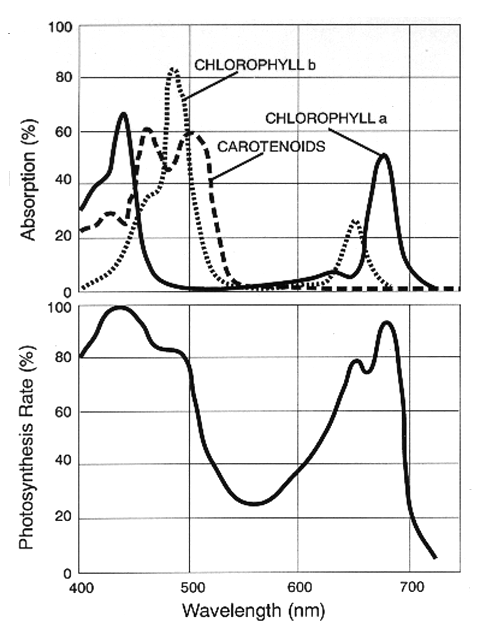
The chart above shows the portions of the visible light spectrum that plants can use. As you can see, the most efficient wavelengths are between 400 to 500 nanometers (blue light), and 650 to 700 nanometers (red light). While there is usable light in the middle (green light), it is not as efficiently used. There is still much debate in the growing community over the value of green light in a growing scenario, but red and blue light is always ideal.
Looking for Wavelength When Buying Lights
Almost every horticultural lighting product will provide a spectral chart illustrating what wavelengths of light their lights should be able to hit. The gold standard for horticultural lighting is none other than the sun -- go figure! So let’s get a look at what the sun’s spectrum looks like in the visible light range:
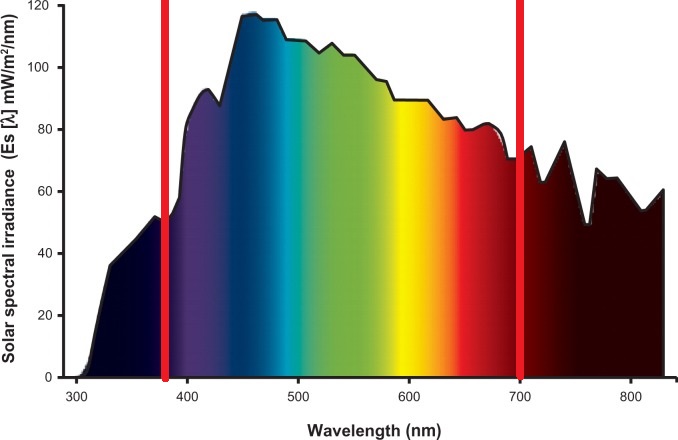
As you can see, the sun’s output in the visible spectrum is roughly uniform. It peaks around the 450 nm range and gradually descends from there. This is the spectrum that many horticultural lighting producers are attempting to emulate, to varying degrees of success. Your ideal horticultural light will have a spectrum that looks something like this.
However, there isn’t one horticultural light that fits all needs. We’ll cover why in the next How-to-Grow Cannabis article, but essentially it stems from the fact that Cannabis is an annual plant.
Amplitude

The amplitude of light (or intensity) is important to almost all professional cannabis growers, but the advertising surrounding lighting products when it comes to amplitude is confusing. Intensity matters because even if you have the right spectrum, do you have the right amount of that spectrum? If there’s not enough light, plant growth can stall and the plant may die. If there’s too much light, the plant may experience permanent damage and stunting.
So where is the “just right” zone? Well, let’s start with figuring out what units we want to use first.
Lighting amplitude can be measured with multiple different units. For human applications (such as home or office lighting), the unit we typically use is lumens. This unit is inappropriate for growing plants, because the human eye perceives green light very intensely and violet and red light rather dimly. The opposite is true for plants.

Here is where PAR can come in handy. Since PAR already talks about the wavelengths relevant to plants, we can now add a measurement of the intensity of PAR. These intensity measurements are typically Photosynthetic Photon Flux (PPF) or Photosynthetic Photon Flux Density (PPFD). PPF measures the amount of photosynthetically active light being given out by a luminaire at any given moment, and PPFD measures how tightly focused the PPF is in a target area. In other words, PPF measures the total amount of light originating from your luminaire, PPFD measures how much of that light is being concentrated onto the plant surface.
Ok, that’s a lot of mumbo-jumbo. What does this mean for buying lights?
Well, the simple version is that most horticultural lights designed with cannabis lights in mind should be able to fit your needs. Check the spectrum and output of course, but generally most lights will be able to grow cannabis. In our next article, we’ll go over what kind of lighting decisions you should make in regards to the life cycle of your plant, and why it matters.
As always, let us know your thoughts in the survey below, or on the forum!
10 Best Gift Ideas for Cannabis Connoisseurs and Growing Aficionados (2022)
December 7, 2022Developing and Optimizing a Cannabis Cultivation System
December 14, 2021Dealing with Insomnia: How Can CBD Help?
December 10, 2020Your Guide to Sleep and CBD
December 7, 2020
Do you want to receive the next Grower's Spotlight as soon as it's available? Sign up below!

Do you have any questions or comments?

About the Author
Hunter Wilson is a community builder with Growers Network. He graduated from the University of Arizona in 2011 with a Masters in Teaching and in 2007 with a Bachelors in Biology.



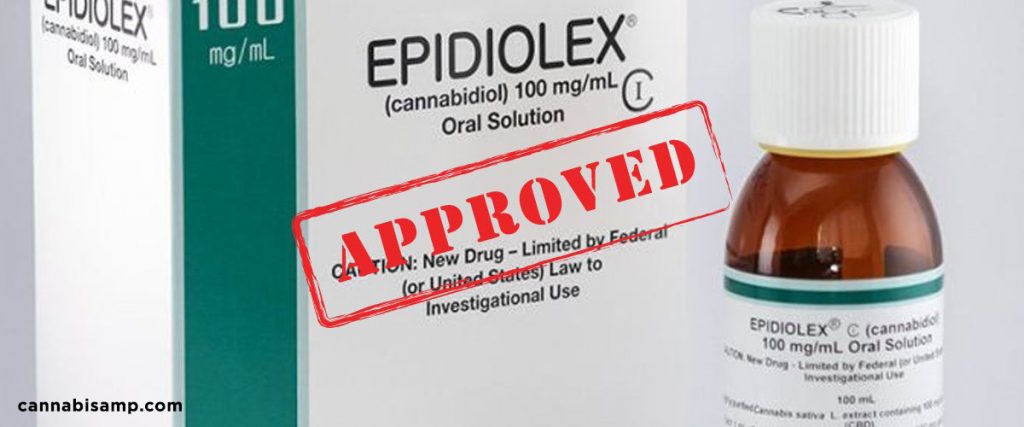
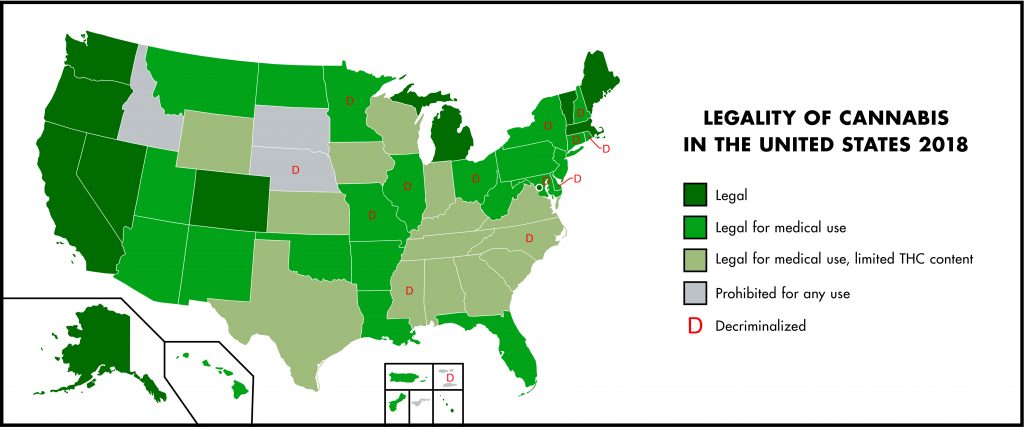
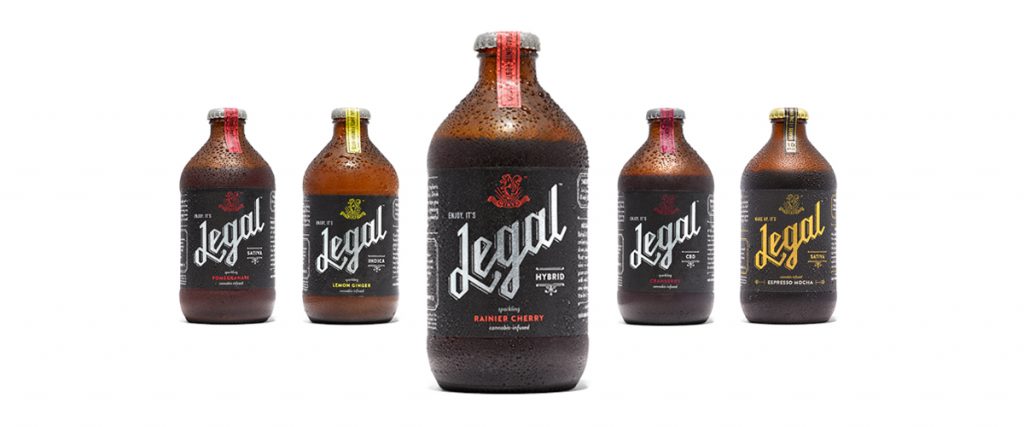


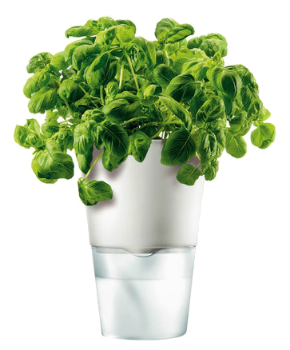



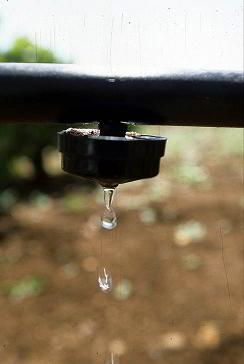
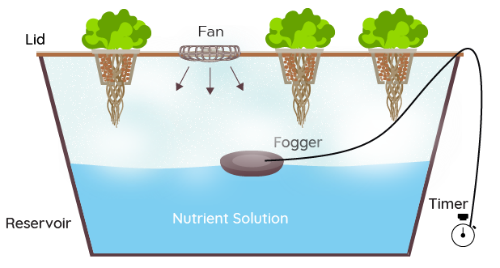




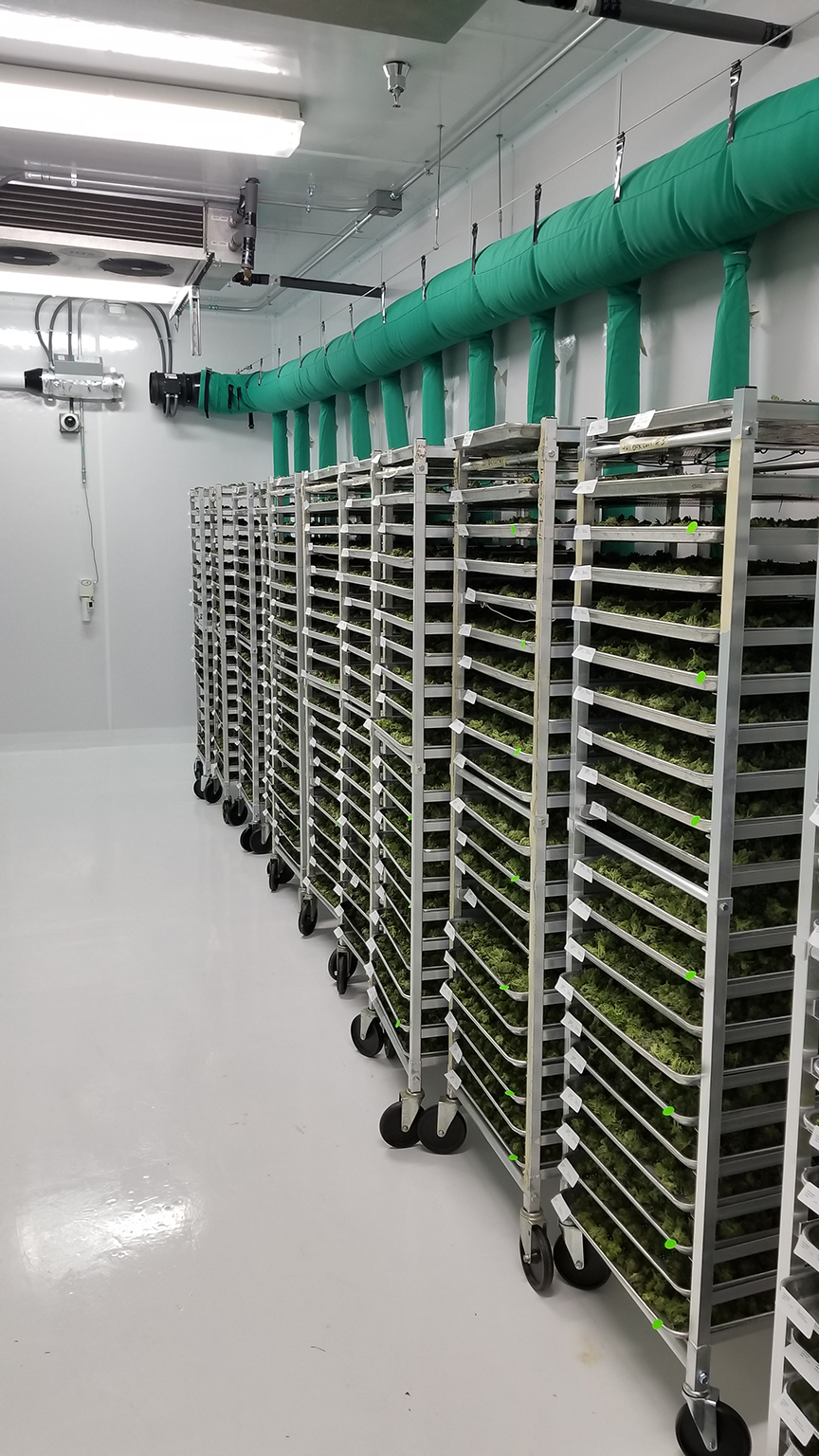 The Cannatrol system in action.
The Cannatrol system in action.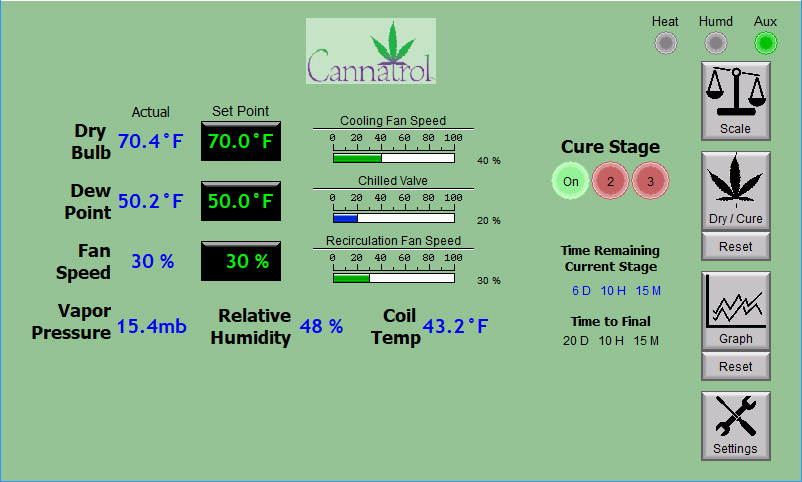 A screenshot of the Cannatrol system in action.
A screenshot of the Cannatrol system in action.
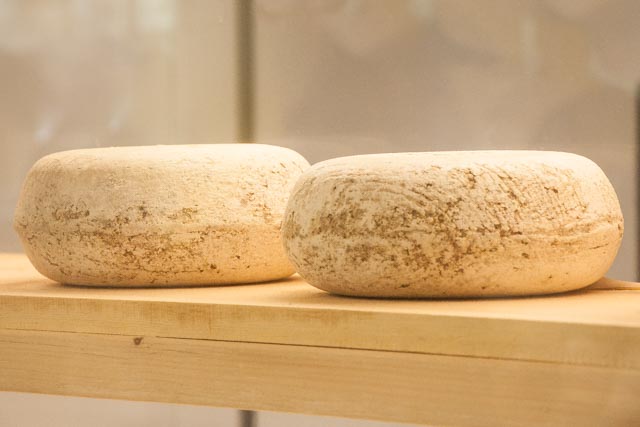 Call me Cheese. Dr. Cheese.
Call me Cheese. Dr. Cheese.